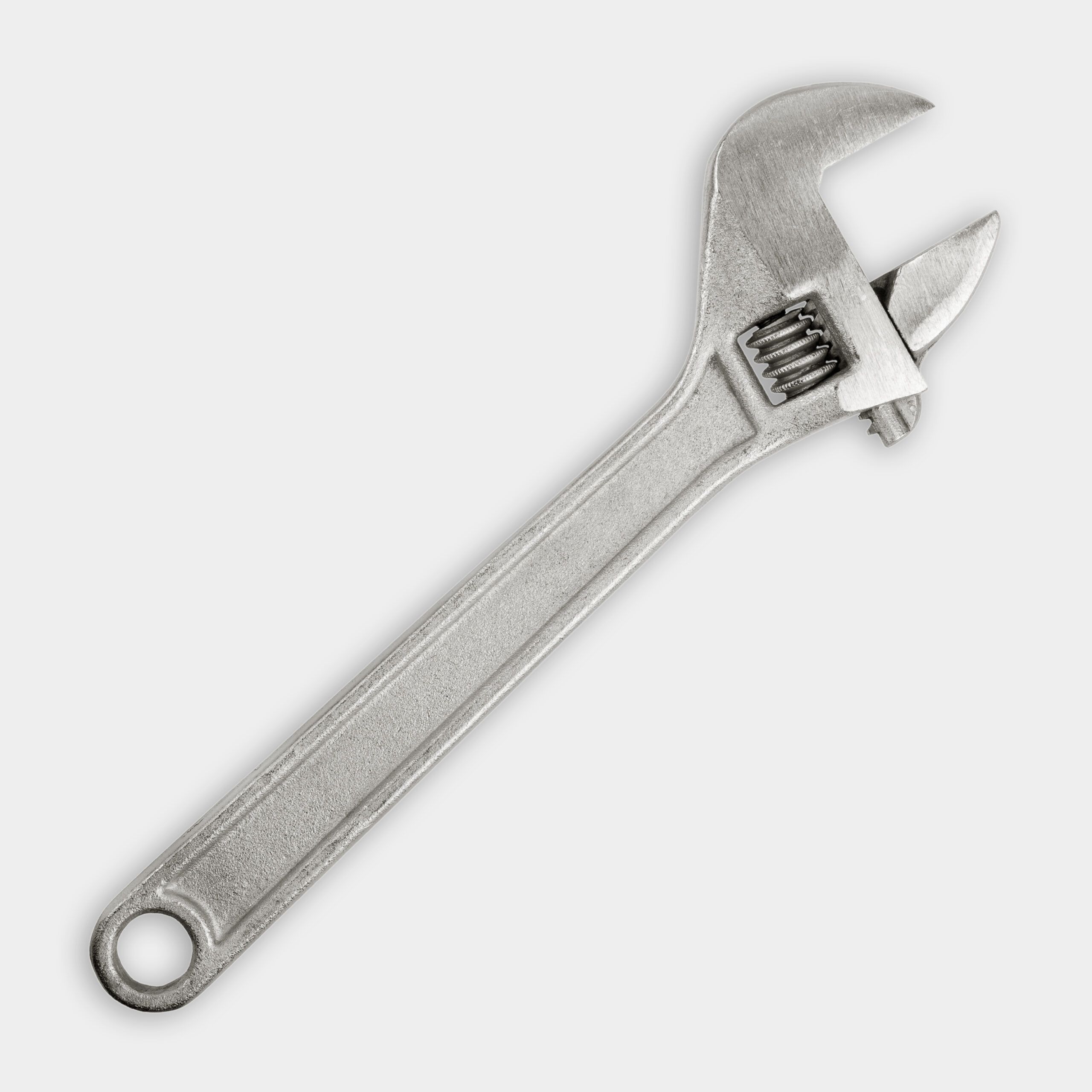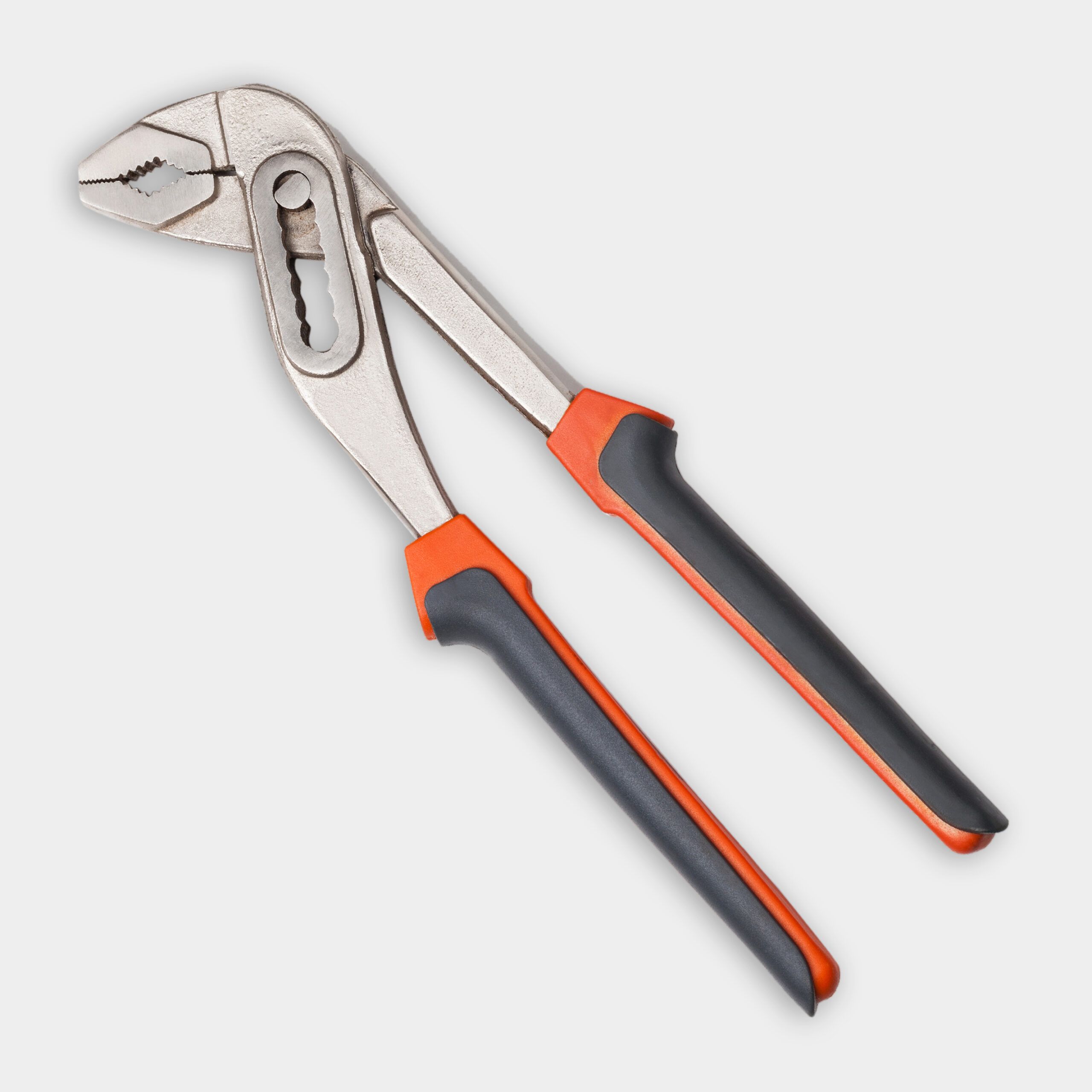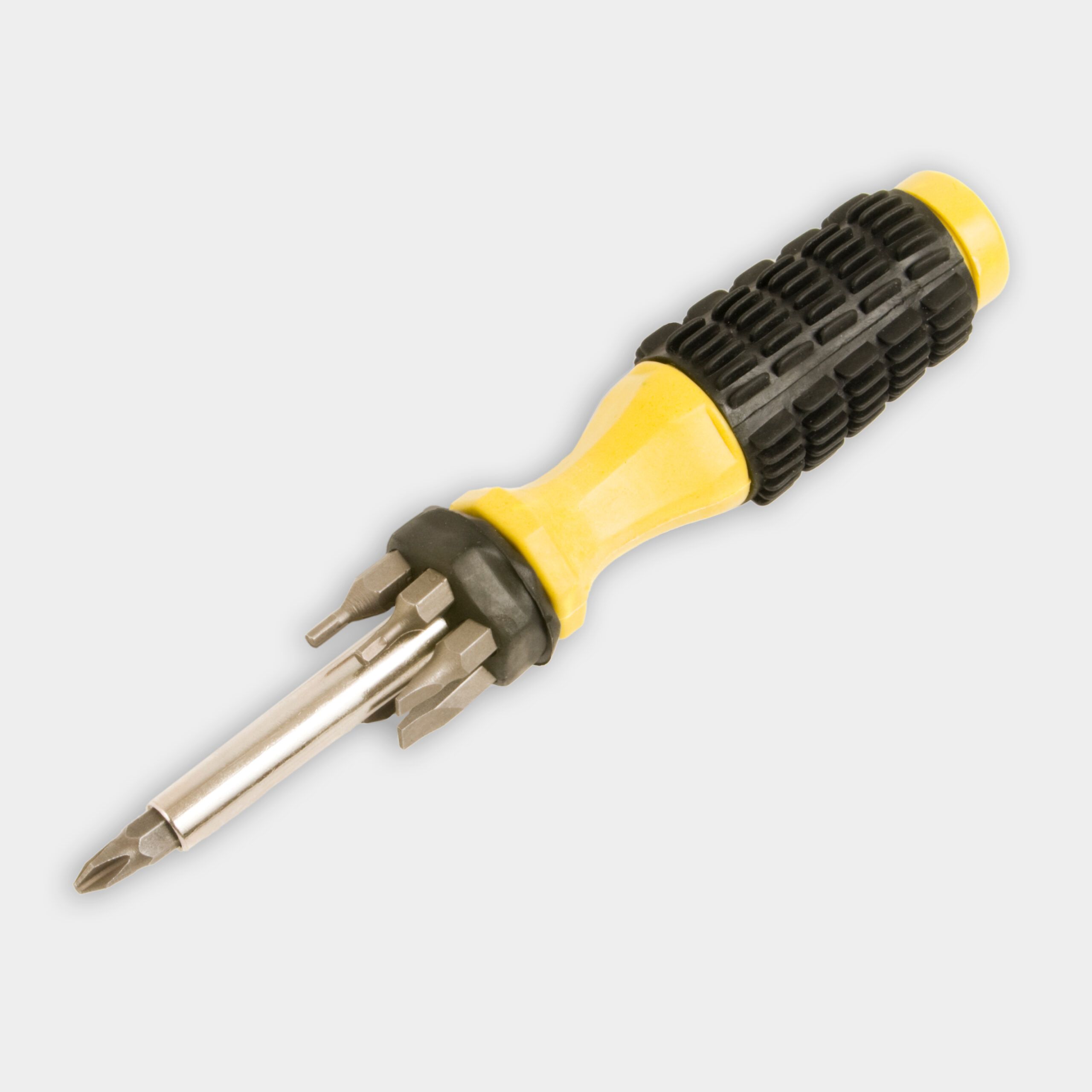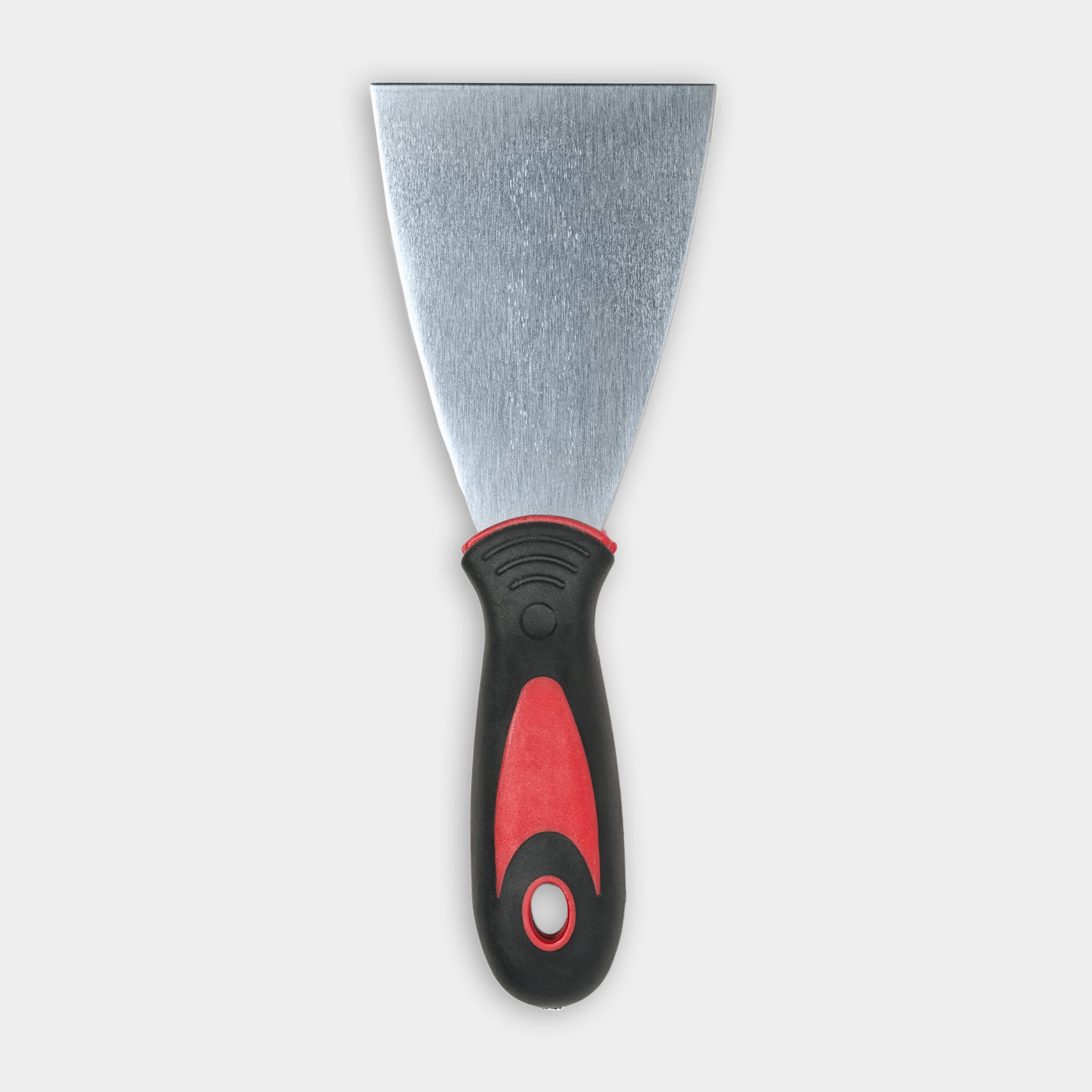Project details
Skill
Cost
Estimated Time
Replacing a kitchen sink can breathe new life into your kitchen and make your cooking and cleaning space more functional. The task can be challenging, but you can complete a do-it-yourself installation if you properly prepare and gather the right tools. Read how to replace a kitchen sink in our step-by-step guide below, and watch the video above for tips from This Old House’s Richard Trethewey.
Preparing to Replace a Kitchen Sink
You’ll need to properly prepare your space before you dive into the sink-replacement process. This will make installation easier and help you to avoid potential issues down the line.
Gathering Necessary Tools and Materials
Gather the tools and materials below before you start your sink-replacement project:
- Caulk gun
- Large adjustable pliers
- New sink and faucet
- Open-ended adjustable wrench
- Oscillating multi-tool
- Plumber’s putty
- PVC drain piping
- Putty knife
- Screwdriver
- Shutoff valves
- Silicone caulk
- Supply hoses
Choosing the Right Sink
Consider the following factors when choosing a new sink:
- Material (stainless steel, porcelain, composite)
- Mounting style (top-mount, undermount, etc. )
- Number of holes available for for faucet and accessories
- Size and configuration (single bowl, double bowl, etc. )
Turning Off the Sink’s Water Supply
Turn off the water supply before you begin work to prevent flooding. Follow these steps:
- Locate the shutoff valves under the sink for both hot and cold water lines.
- Turn the valves clockwise to shut off the water supply.
- Open the faucet to release any remaining water and confirm that the shutoffs are working properly.
Removing the Old Sink
You can move on to remove the existing sink. This process involves disconnecting plumbing connections and freeing the sink from the countertop.
Disconnecting Plumbing
The first step in removing the old sink is to disconnect all plumbing connections. Follow the steps below.
- Use an adjustable wrench to remove the supply hoses from the shutoff valves.
- Disconnect the drain piping from the bottom of the sink using adjustable pliers.
- Detach the dishwasher drain line from the sink’s drain system.
Detaching the Sink from the Countertop
Once you’ve removed the plumbing connections, detach the sink from the countertop. Follow the steps below.
- Locate the clips that secure the sink to the countertop and loosen them with a screwdriver.
- Use a putty knife to carefully break the seal between the sink and countertop.
- Gently lift the sink out of the opening. Be careful not to damage the countertop.
Installing the New Sink
When you’re done removing the old sink, you can move on to installing the new one. This process involves preparing the opening, setting the sink, and making all necessary connections.
Preparing the Sink Opening
Preparation and accuracy are key when you’re installing the new sink. Follow the steps below.
- Clean the exposed area of the countertop. Remove any old caulk or debris.
- Dry fit the new sink so that it fits properly in the opening.
- Use an oscillating multi-tool to adjust the opening size and make sure the elements fit precisely.
Setting the New Sink
Next, you can set the new sink. Follow the steps below.
- Apply a bead of silicone caulk around the edge of the sink opening.
- Carefully lower the new sink into place, and make sure elements align properly.
- Secure the sink using the provided clips or mounting hardware.
Installing the Faucet
It’s usually easier to install the faucet before you set the sink in place. Follow the steps below.
- Assemble the faucet according to the manufacturer’s instructions.
- Attach the faucet to the sink, and make sure the fit is secure and tight.
- Install any additional accessories, such as a soap dispenser.
- Connect the supply lines to the faucet, and make sure they’re long enough to reach the shutoff valves.
Making Plumbing Connections for the New Sink
Once the sink and faucet are in place, you can connect the plumbing. This involves attaching the water supply lines and setting up the drain system.
Connecting Water Supply Lines
Be sure to connect the water supply lines correctly to prevent leaks. Follow the steps below.
- Attach the flexible supply hoses to the shutoff valves.
- Use an adjustable wrench to tighten the connections. Be careful not to overtighten.
- Replace any old shutoff valves that are faulty before making new connections.
Setting Up the Drain System
Follow the steps below to establish the drain system correctly.
- Install the sink strainers with plumber’s putty to create a watertight seal.
- Connect the P-trap and any necessary drain extensions.
- Connect any drain lines from the garbage disposal or dishwasher to the appropriate ports.
Testing and Finishing Touches for a New Sink
It’s time to test your work and add any finishing touches you’d like to include.
Checking for Leaks
Make sure the system is watertight by conducting a thorough check for leaks. Follow the steps below.
- Turn the water supply back on at the shutoff valves.
- Open the faucet and let water run for a few minutes.
- Check supply and drain connections for any signs of leaks.
- If leaks are present, tighten connections or replace faulty components.
Caulking and Cleanup
Seal the sink and clean the installation area to complete the project. Follow the steps below.
- Apply a thin bead of silicone caulk around the edge of the sink where it meets the countertop.
- Smooth the caulk with a wet finger or caulk-smoothing tool for a professional finish.
- Clean up any debris or excess materials from the work area.
Tips and Additional Considerations for Sink Replacement
Consider the tips below, which can help you to achieve long-lasting results with your replacement sink.
- Double-check Measurements: Make sure the new sink is the correct size before you remove the old one.
- Invest in Quality Materials: High-quality caulking, plumber’s putty, and other materials can provide a more durable installation.
- Seek Help if Needed: Consult with a professional or refer to additional resources if you’re not sure how to execute a certain step.
- Ventilation: Ventilate the kitchen during installation to keep yourself safe while handling adhesives, silicone, and other materials.






